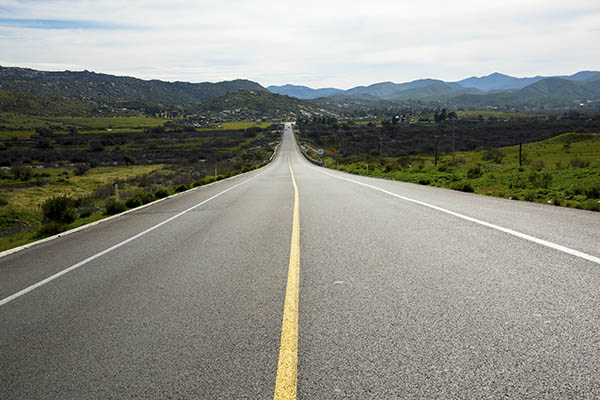
This post will wrap up our Tecate visit, and the focus of today’s blog is the road south out of Tecate. The Ruta del Vino is a magnificent road that runs through the northern Baja countryside to Ensenada, passing directly through one of Baja’s wine growing regions.
If you missed the earlier Tecate posts, here are the links:
Tecate
Malinalli Sabores Autóctonos!
A Tecate Sunrise
Getting to the Ruta del Vino is easy. After entering Baja through Tecate, just continue south. You’ll pass under the Tecate sign shown in yesterday’s blog, hang a left on Avenida Revolución, and then turn right on Boulevard Universidad (which becomes the Ruta del Vino and Mexico Highway 3).
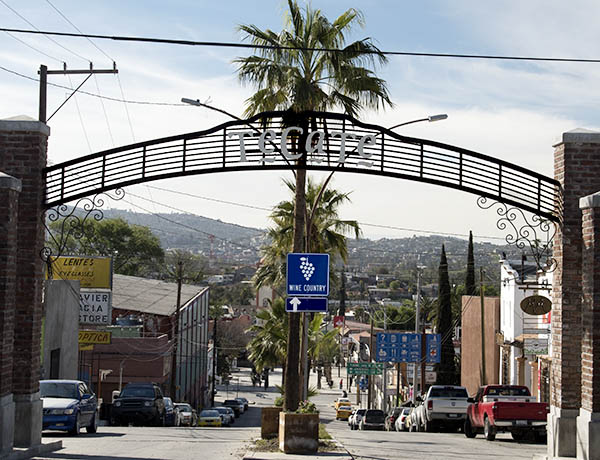
You’ll pass through the center of Tecate and climb a hill as you leave Tecate. You’ll see a bunch of pottery stories selling clay bowls of all kinds. A little further south is a monastery on your left, and a little beyond that is a sign over the road welcoming you to the Ruta del Vino.
The Ruta del Vino has several things to offer. The first is magnificent scenery through Mexican countryside. Then there are the vineyards. They are on both sides of the road. The third are the restaurants and hotels. And I guess the fourth is the destination, as the Ruta del Vino runs all the way to El Sauzal, a tiny community on Ensenada’s northern edge. That’s where the Ruta del Vino intersects with Baja’s Transpeninsular Highway. Turn left and the Transpeninsular Highway will take you through Ensenada and all the way to Cabo San Lucas. Turn north and you’re on your way to Tijuana and San Diego.
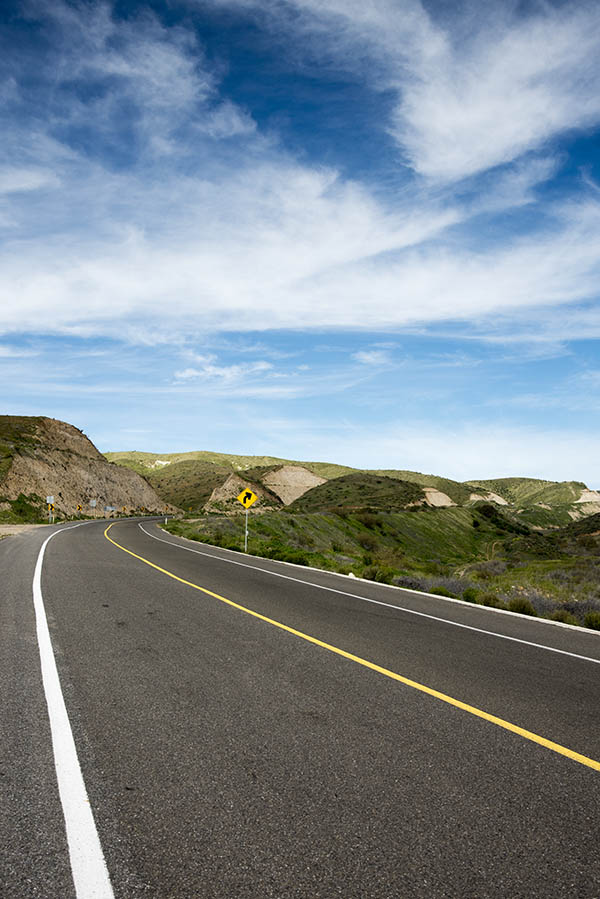
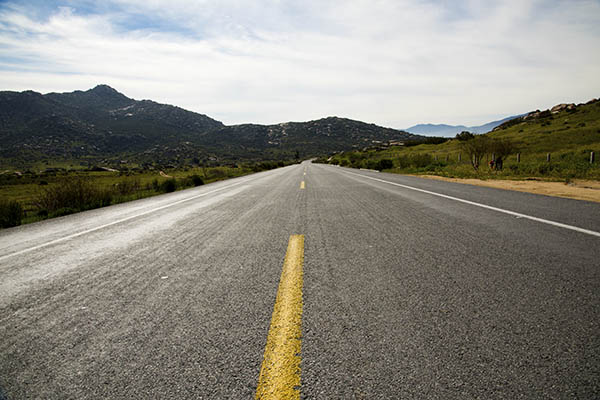
Northern Baja wines are surprisingly good. I’m not a wine connoisseur; I just think they are good and they are certainly reasonably priced. My favorite vineyard is the L.A. Cetto vineyard, which is roughly 45 miles or so south of Tecate. As you’re traveling south on the Ruta del Vino, the L.A. Cetto vineyard is on your left. The road to it used to be dirt, but it was recently paved and it’s an easy ride now. The L.A. Cetto vineyard usually has a fair crowd and on our last visit, there was a general feeling of excitement in anticipation of a visit by senior members of the Catholic clergy. As we were leaving, an entourage of several priests and the region’s Cardinal were arriving.


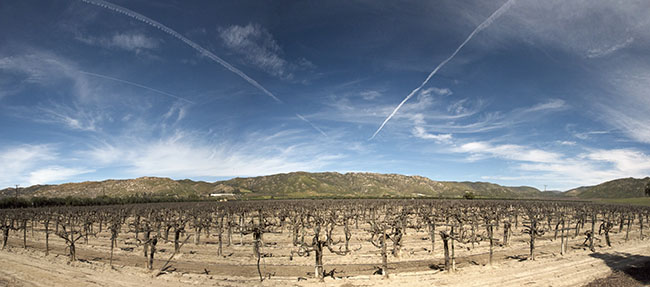
The L.A. Cetto vineyard offers wine tasting, and they sell wines, vinegars, olive oil, olives, cheeses, nuts, and more. When I’m on the motorcycle, my friends and I will usually stop to buy some cheese and olives for a snack. The vineyard has outdoor tables in front of the wine tasting areas. The vineyard also offers factory tours, but they were only in Spanish on the day of my most recent visit. You can buy and get back across the border with any amount of olives and olive oil you wish to take, but there’s a one bottle limit on wine. I picked up an L.A. Cetto Malbec on this visit, which I’ll try later this month. If you’d like to read more about the L.A. Cetto vineyard, here’s an excellent article in the BajaBound.com newsletter.
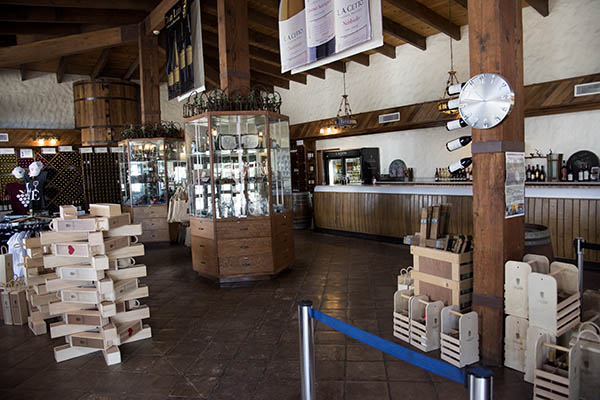
We had a great lunch at Los Naranjos, which is just a short jaunt further south on the Ruta del Vino. It’s about a half mile down the road on the right. The cuisine there is impressive, and nothing wraps up a great meal at Los Naranjos better than their apple pie. Make sure you try a glass of their namesake orange juice, too. They grow their own oranges and squeeze their own juice. It’s superb. One more thing: The salsas at Los Naranjos are the best I’ve ever had. One in particular was a darker salsa with crushed almonds. I asked if I could buy a bottle of it, but Los Naranjos doesn’t sell this one other than as a serving with each meal. They saw how much I liked this particular salsa, though, and the chef made up a couple of plastic containers for me to take home.
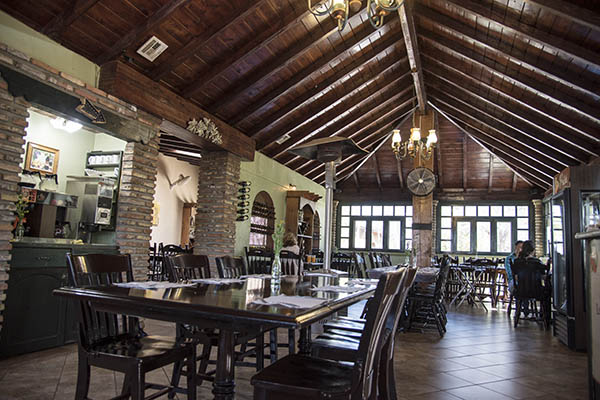
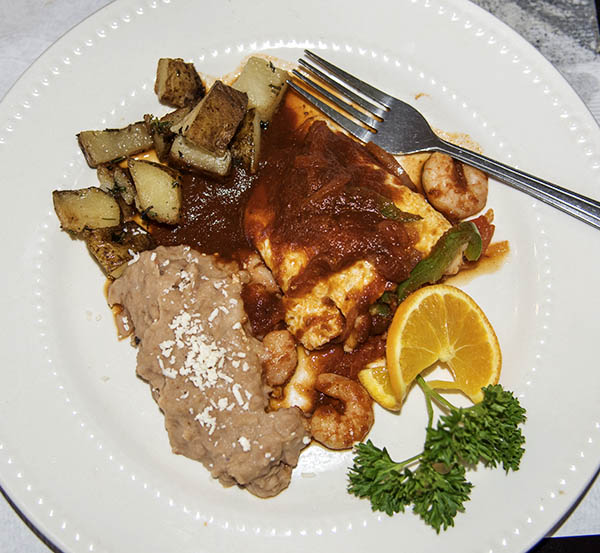
Los Naranjos is part of a larger country estate. You can walk around the grounds and take in the interesting sculptures, birds, tilework, and more. I also found out that there’s a 30-room hotel on the premises, something I did not know before this trip. I think a stay there will find its way into a future Baja itinerary.
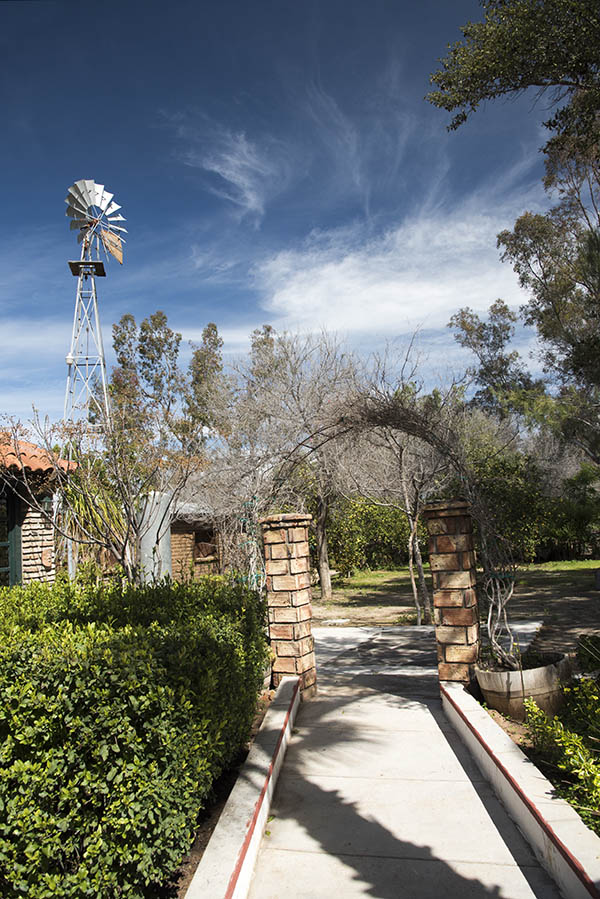
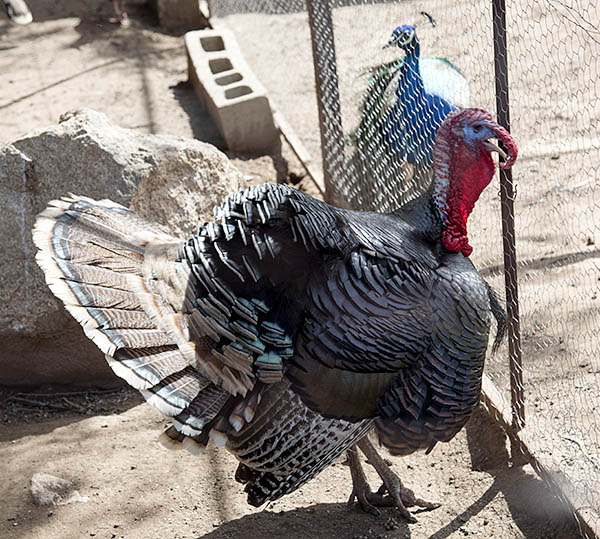
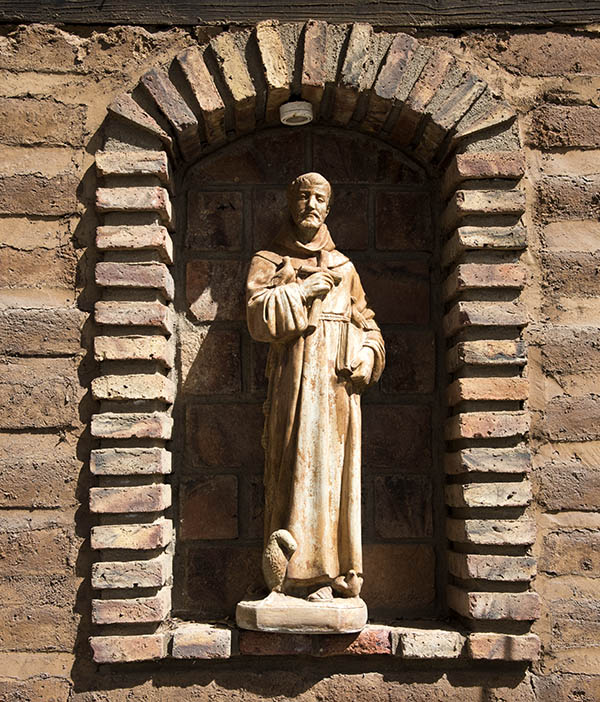
To put all this in perspective, all the recent blog posts about Tecate and the Ruta del Vino described what Susie and I did in less than 24 hours. We rode down from the Los Angeles area in the afternoon on a Thursday, crossed the border into Tecate around 4:00 p.m, had our great dinner at Amores that night, we enjoyed a wonderful breakfast in Malinalli Sabores Autóctonos the next morning, we explored downtown Tecate later that morning, and did our trip along the Ruta del Vino in the afternoon. Then it was back up to the border to get back into the US that afternoon.
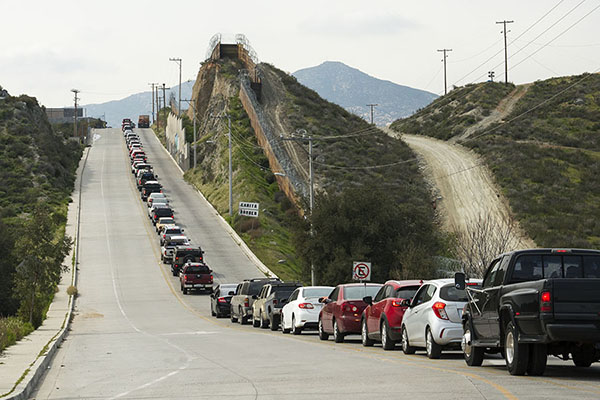
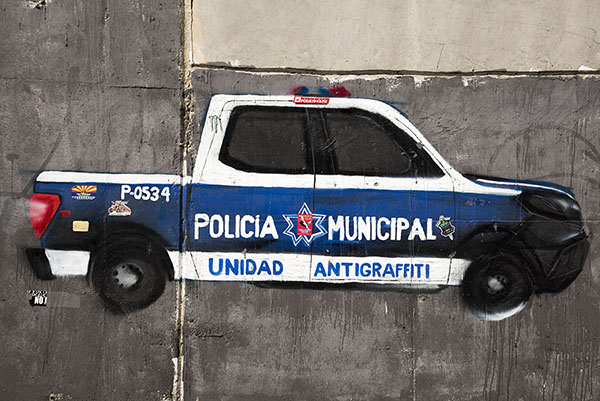
Getting back to the border is not too hard to do, and the lines to get back into the US are generally better than they would be in Tijuana. Just follow the Ruta del Vino back into Tecate, and as you near the center of town, watch for the Garita (border) signs. You have to turn off to the right and parallel the US border for a mile or so, and then make a U-turn to get in line. On this last visit, because we were in the Subie, we had to get in the car line, and our wait was about an hour (you’ll want to take a restroom break before you get in line). If you’re on a motorcycle, though, you can get through a lot easier. Just find your way through Tecate to the point where the line of cars approaches the US border crossing, squirt through an opening in the K-barriers, and cut the line. We do this all the time on the bikes.
And folks, that was our whirlwind one-day Tecate junket. I liked this approach where instead of zooming up and down the peninsula, we selected a particular place and explored it in some detail. I’d like to do that in the San Quintin area on a future trip…there are some cool things down there. Anyway, Joe G and I are headed to Baja later this month on the motorcycles. Stay tuned; it’s going to be another grand trip!
